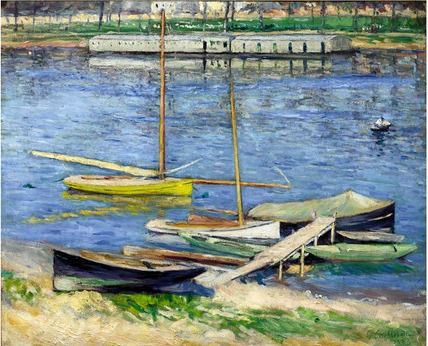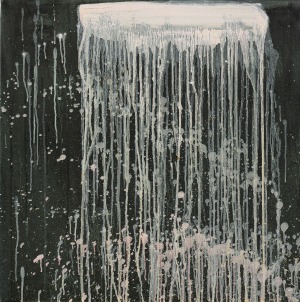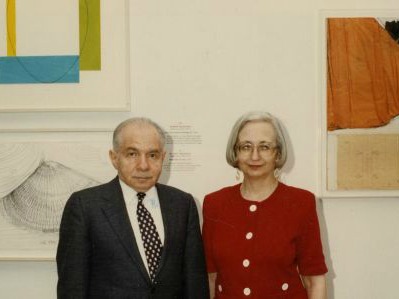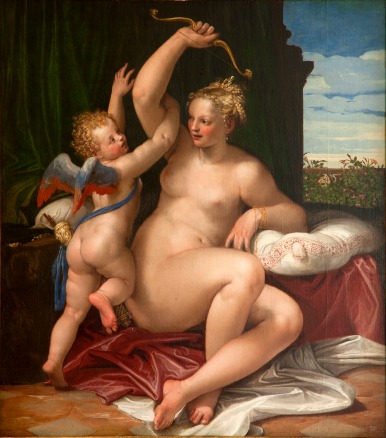Next week, Tate Britain will open what could be an excellent exhibition built around the career and influence of Kenneth Clark (pictured). It makes me wonder if anyone here in the U.S. could qualify for such treatment.
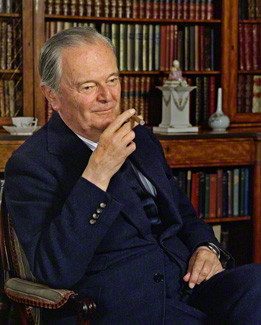 The exhibition, titled Kenneth Clark – Looking for Civilisation,Â
The exhibition, titled Kenneth Clark – Looking for Civilisation,Â
…explores the impact of art historian, public servant and broadcaster Kenneth Clark (1903–1983), widely seen as one of the most influential figures in British art of the twentieth century. The exhibition examines Clark’s role as a patron and collector, art historian, public servant and broadcaster, and celebrates his contribution to bringing art in the twentieth century to a more popular audience.
We perhaps know Clark best as the broadcaster and writer, but Tate is instead focusing on his activities in the 1930s and ’40s, when he was an important patron of contemporary artists there:
Â
…Using his own wealth to help artists, Clark would not only buy works from those he admired but also provide financial support to allow them to work freely, offered commissions, and worked to ensure artists’ works entered prestigious collections. Believing that a crisis in patronage had led artists to become too detached from the rest of society, Clark promoted a representational art that was both modern and rooted in tradition. The artists he favoured included the Bloomsbury Group, the painters of the Euston Road School, and leading figures Henry Moore, Victor Pasmore, John Piper and Graham Sutherland [his landscape at right].
With the outbreak of war in 1939, Clark’s private patronage became a state project when he instigated the War Artists Advisory Committee to employ artists to record the war. Through the commissioning of such iconic works as Moore’s Shelter Drawings and Sutherland’s and Piper’s images of the Blitz he ensured that the neo-Romantic spirit that those artists’ work embodied became the dominant art of the period.
I think it might be a difficult show to curate, though. The sample six pictures on the Tate website don’t give me more encouragement about the visual lure. Even so, it should be a wonderful historic exhibit, offering much to learn and think about.
Photo credit: Courtesy of the Tate (bottom)


